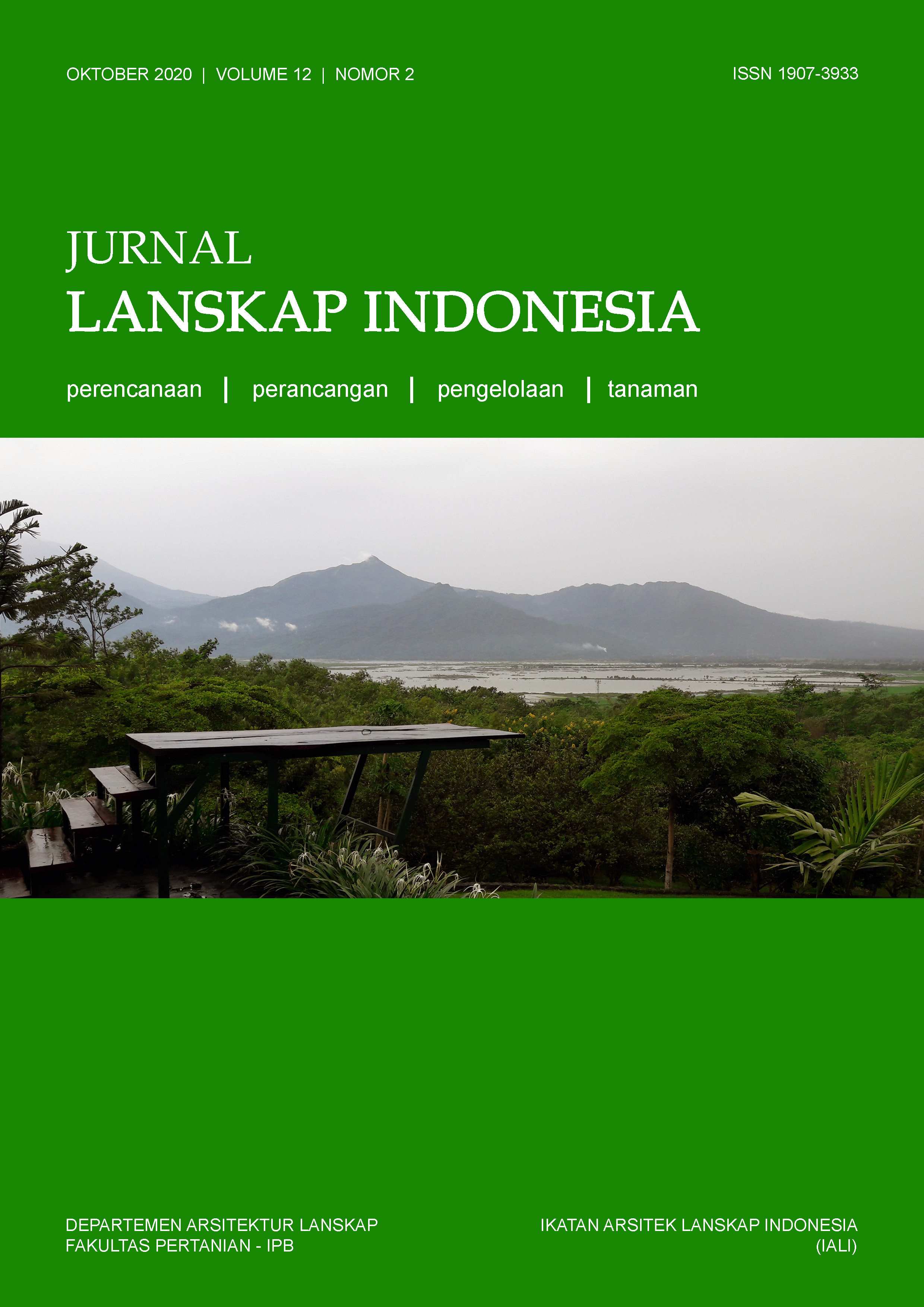Studi Komparasi Perencanaan Ruang Terbuka Hijau Perkotaan Antara Jakarta dan Singapura
Abstract
Green open space has functions ecologically, economically, and socially to improve the quality of urban life. Urban green space is one of the keys to sustainability. The purpose of this study was to analyze green open space planning in Jakarta and Singapore using a comparative study method. The study locations were chosen in Jakarta and Singapore because they are geographically located in Southeast Asia but have a vastly different area of green open space. Singapore has the largest area of green open space in the world, amounting to 47% of the total area and Jakarta only has a range of 5 to 10% because of the baseline of green open space that has not been officially set by the Government. Green open space planning in Jakarta has decreased from 1965 to the present due to the rapid development of residential and commercial areas. On the other hand, Singapore's success in increasing the area of green space is due to its strong political policy in greening which is directly led by the Prime Minister and supported by all stakeholders. The vision of Singapore as a Garden City is clearly stated in the Green and Blue Master Plan and implemented in government programs. Cooperation between stakeholders in Singapore continues to make public awareness about successful greening. Jakarta needs a strong political policy to increase green open space by formulating a green open space Master Plan that is integrated with a network of roads, blue spaces, and increased cooperation between stakeholders.
Downloads
This journal permits and encourages authors to post items submitted to the journal on personal websites or institutional repositories both prior to and after publication, while providing bibliographic details that credit, if applicable, its publication in this journal. However, after the article is submitted and published in this journal, it is fully copyrighted by the Jurnal Lanskap Indonesia or JLI. If excerpts from other copyrighted works are included, the author must obtain written permission from the copyright owner and give credit to the source in the article. Then, the writer or reader is allowed to copy, share, and redistribute articles/material in any form. But it must still include the appropriate source and credit because the article in this journal is licensed by Creative Commons Attribution 4.0 International License (CC BY 4.0).
I. Proposed Policy for Journals That Offer Open Access
Authors who publish with this journal agree to the following terms:
- Authors retain copyright and grant the journal right of first publication with the work simultaneously licensed under a Creative Commons Attribution License that allows others to share the work with an acknowledgement of the work's authorship and initial publication in this journal.
- Authors are able to enter into separate, additional contractual arrangements for the non-exclusive distribution of the journal's published version of the work (e.g., post it to an institutional repository or publish it in a book), with an acknowledgement of its initial publication in this journal.
- Authors are permitted and encouraged to post their work online (e.g., in institutional repositories or on their website) prior to and during the submission process, as it can lead to productive exchanges, as well as earlier and greater citation of published work (See The Effect of Open Access).
II. Proposed Policy for Journals That Offer Delayed Open Access
Authors who publish with this journal agree to the following terms:
- Authors retain copyright and grant the journal right of first publication, with the work after publication simultaneously licensed under a Creative Commons Attribution License that allows others to share the work with an acknowledgement of the work's authorship and initial publication in this journal.
- Authors are able to enter into separate, additional contractual arrangements for the non-exclusive distribution of the journal's published version of the work (e.g., post it to an institutional repository or publish it in a book), with an acknowledgement of its initial publication in this journal.
- Authors are permitted and encouraged to post their work online (e.g., in institutional repositories or on their website) prior to and during the submission process, as it can lead to productive exchanges, as well as earlier and greater citation of published work (See The Effect of Open Access).



























